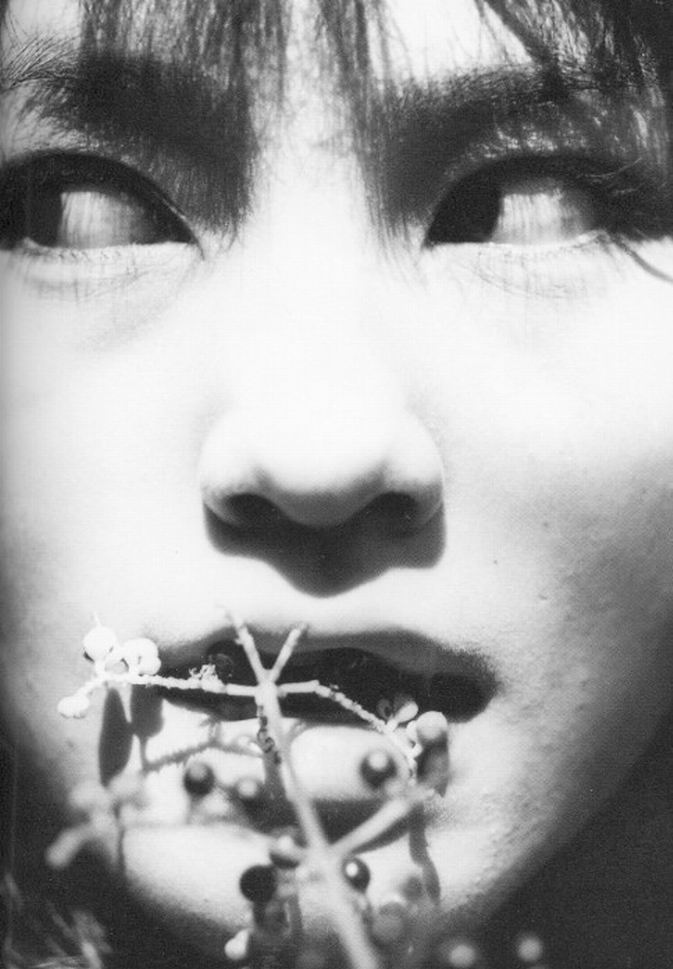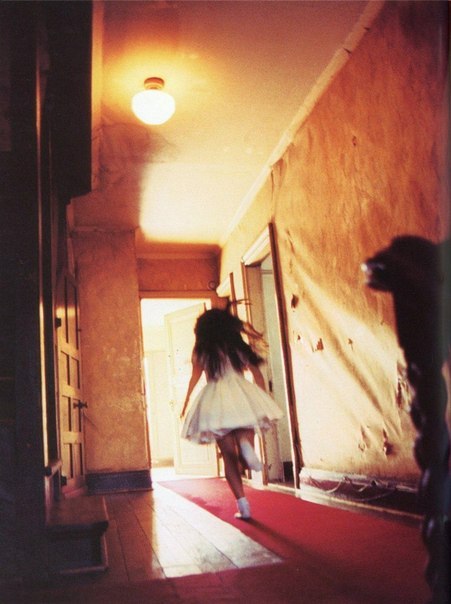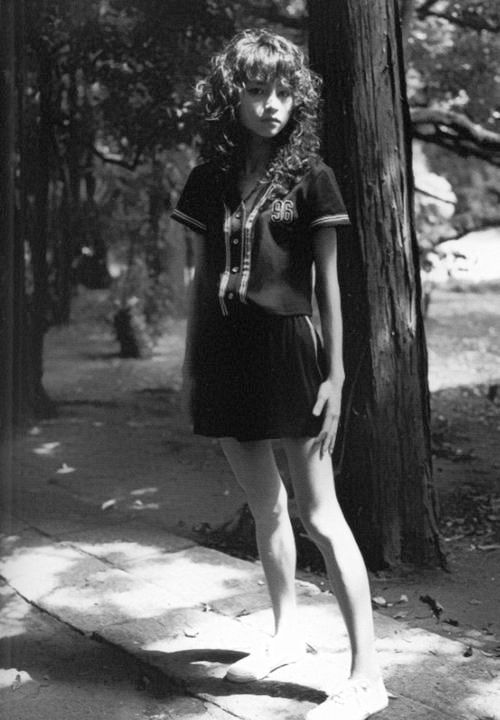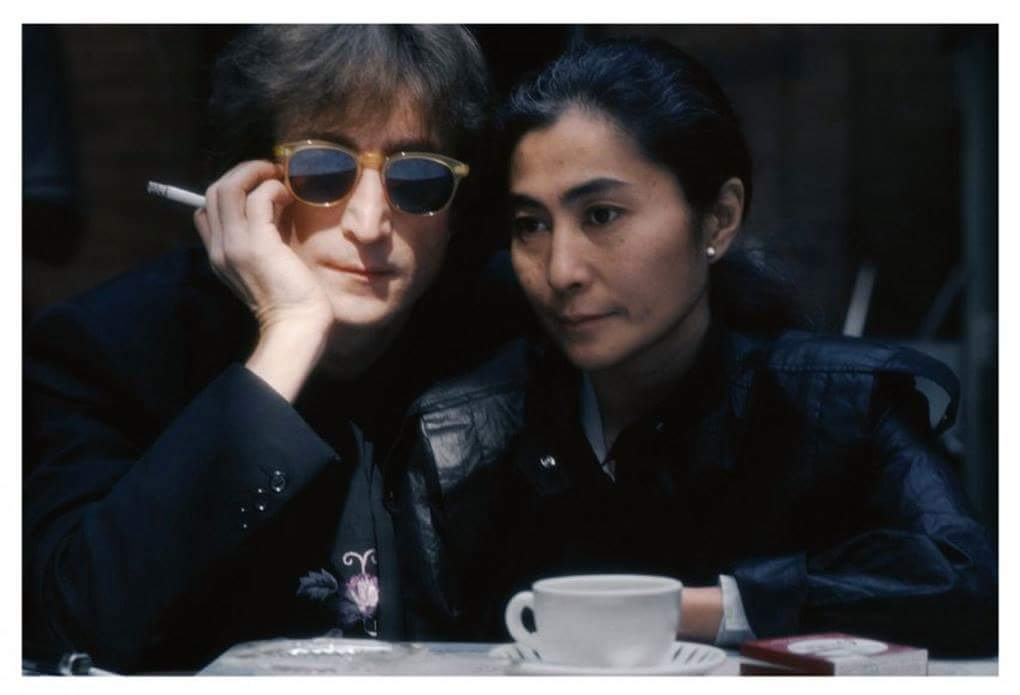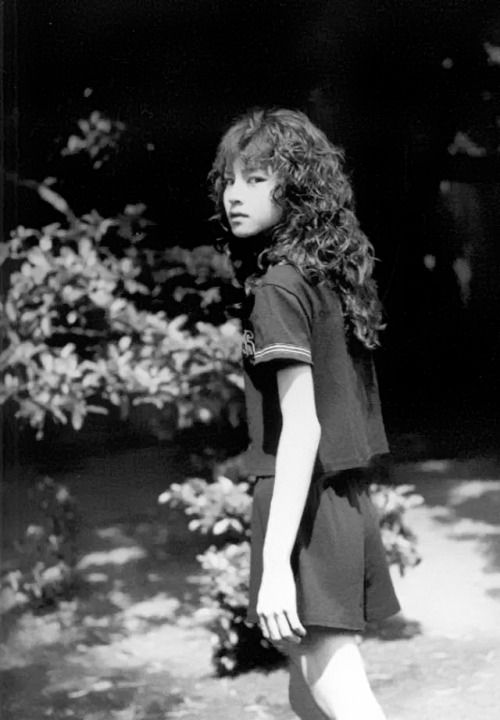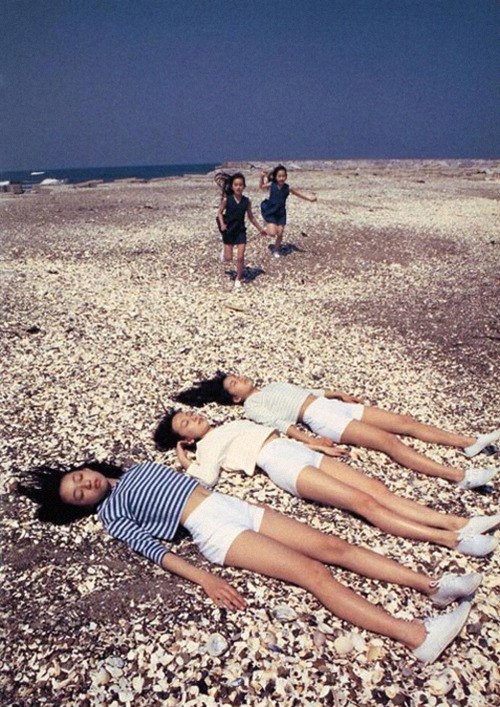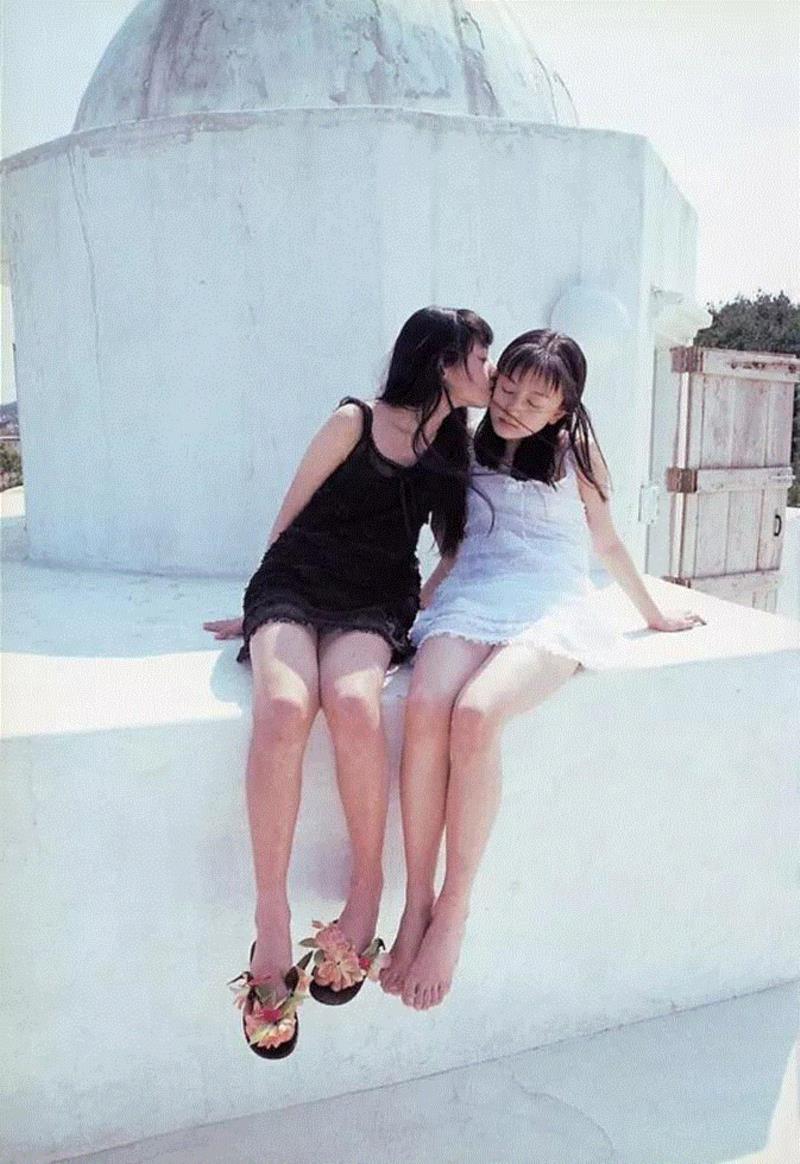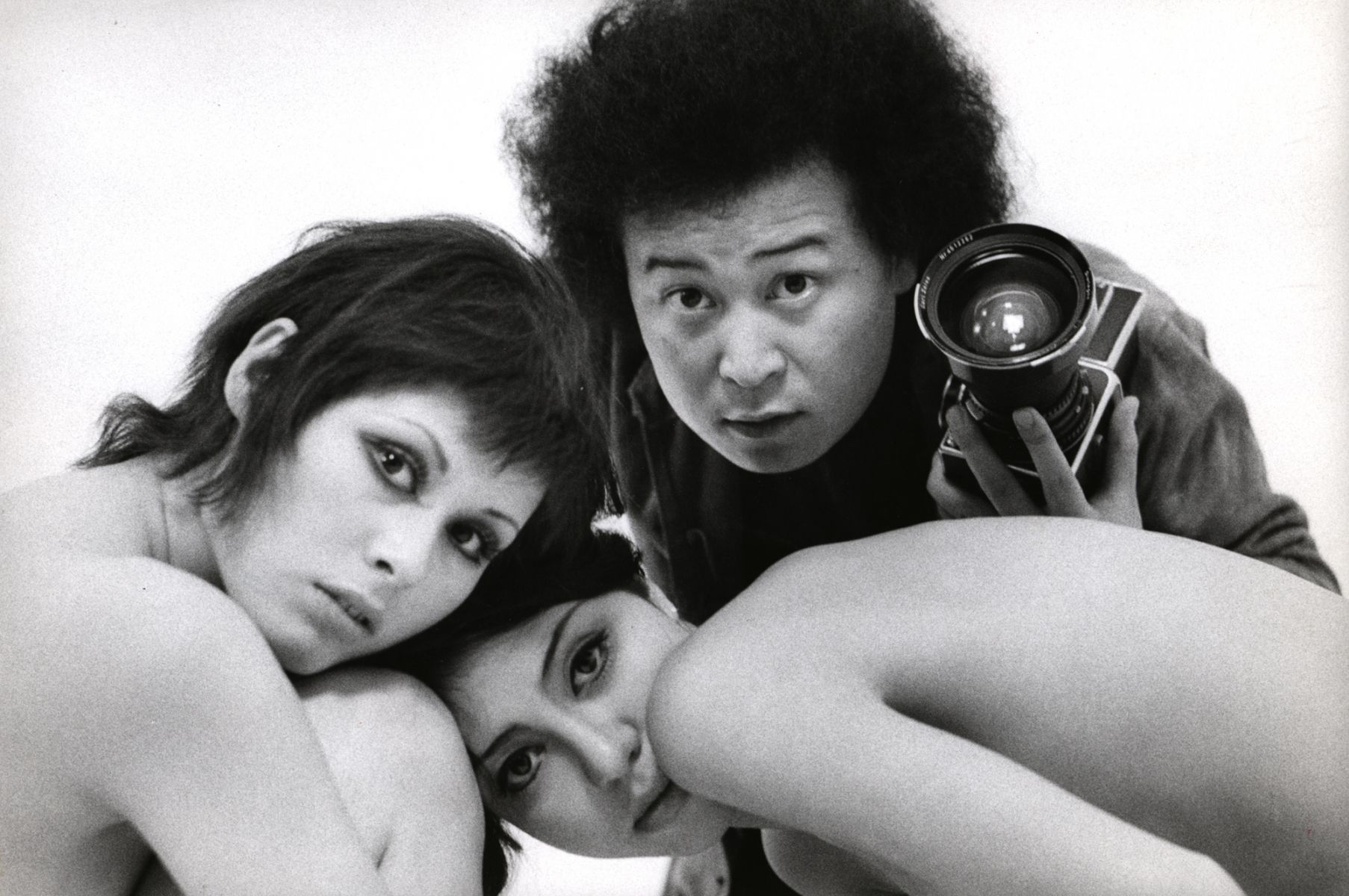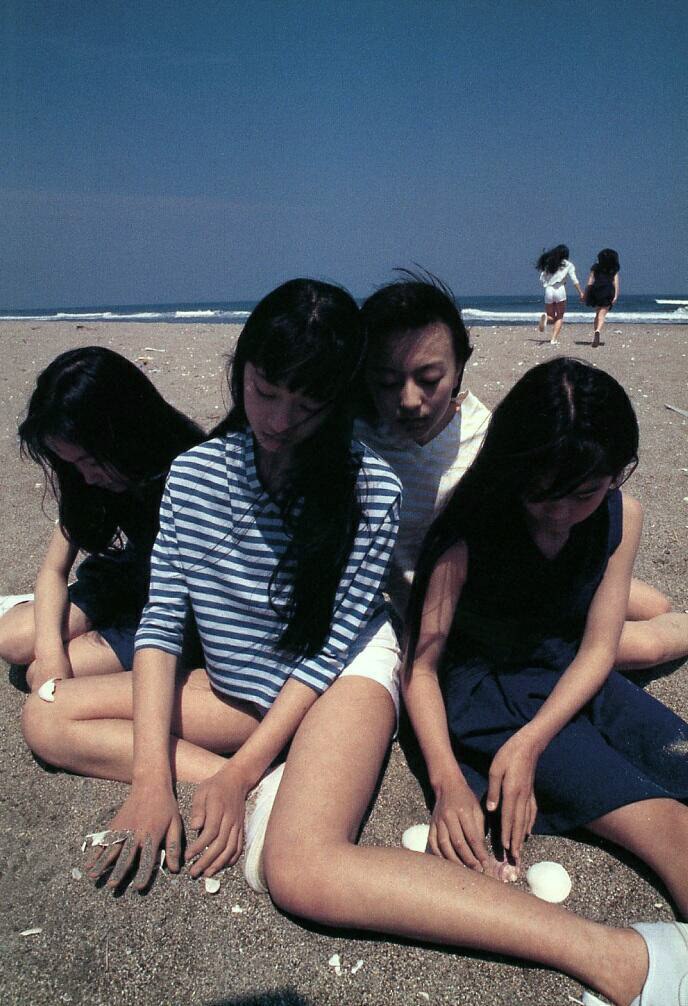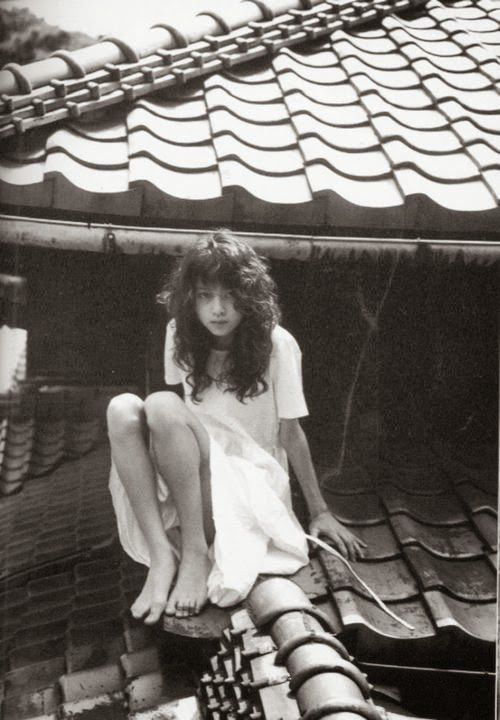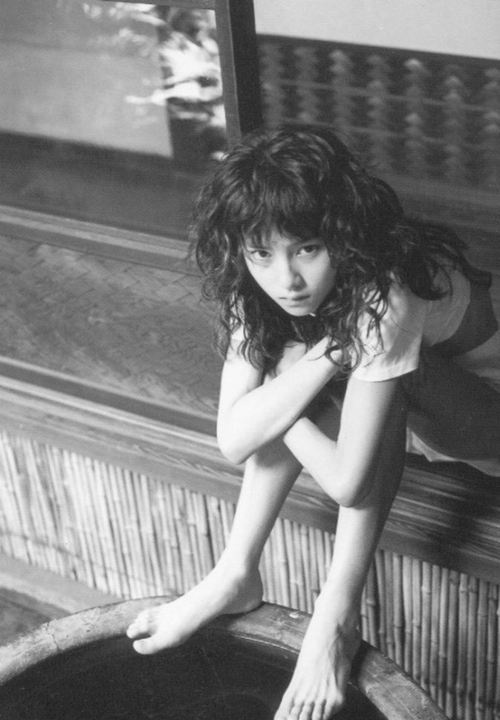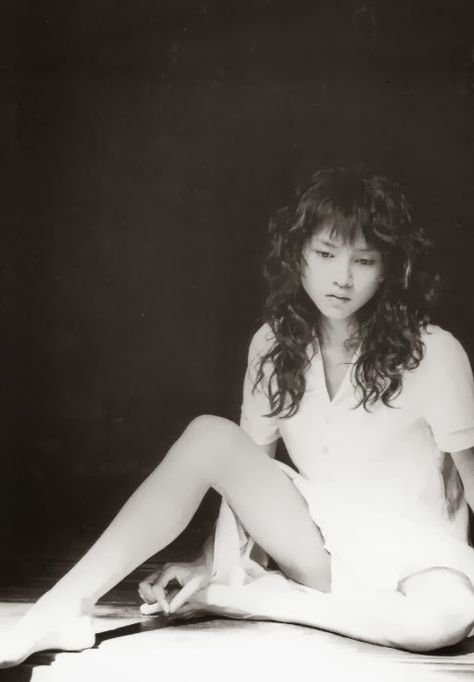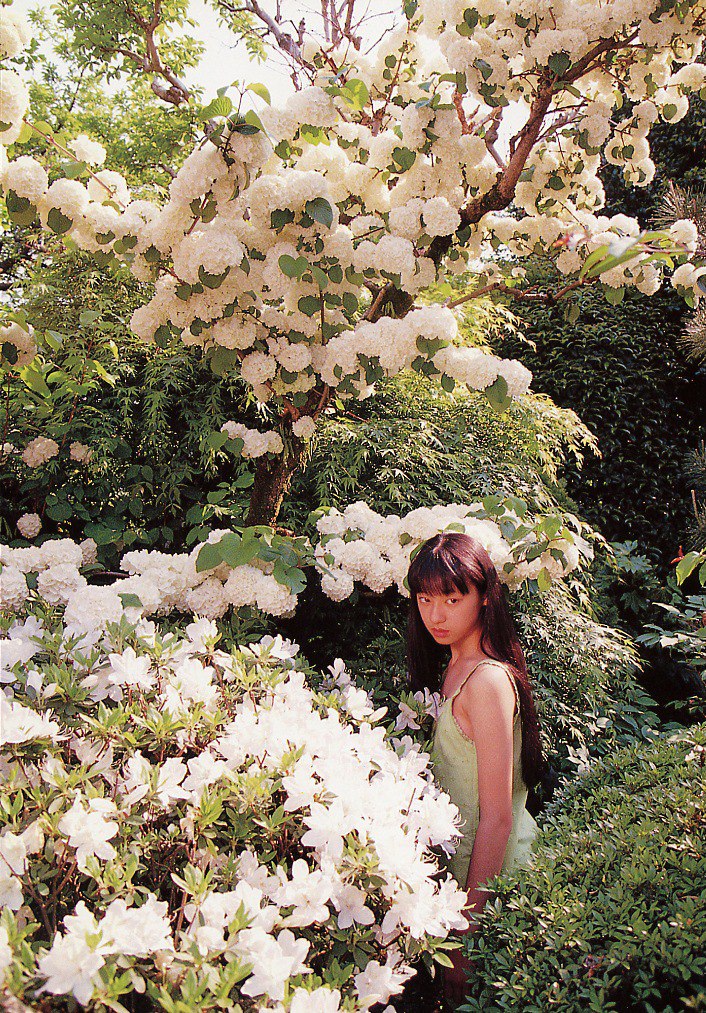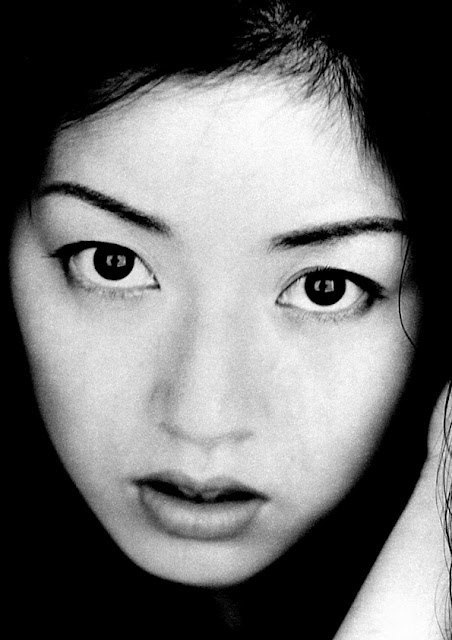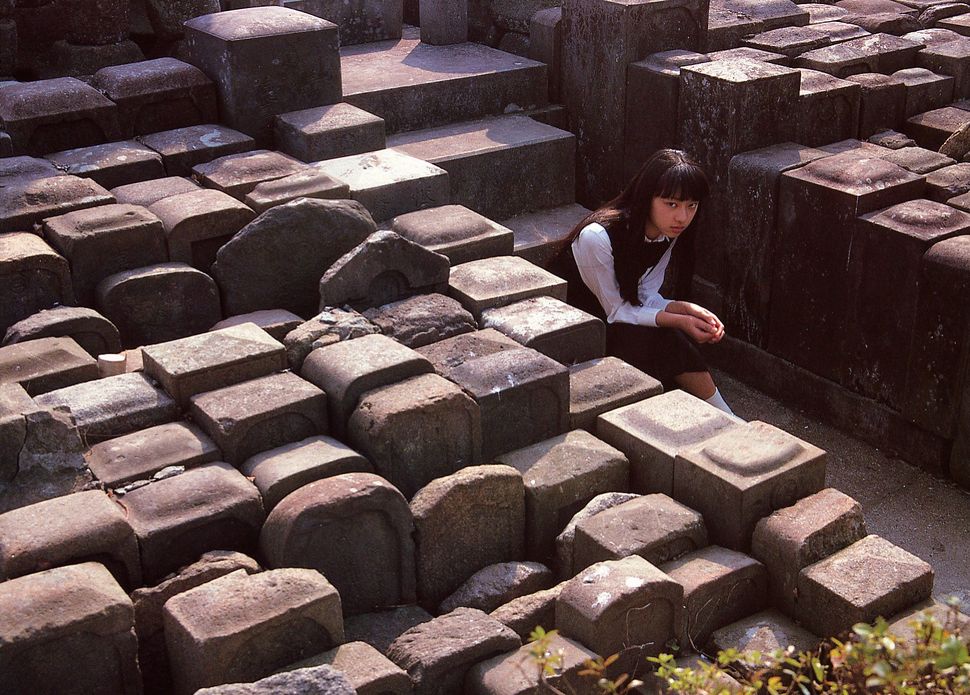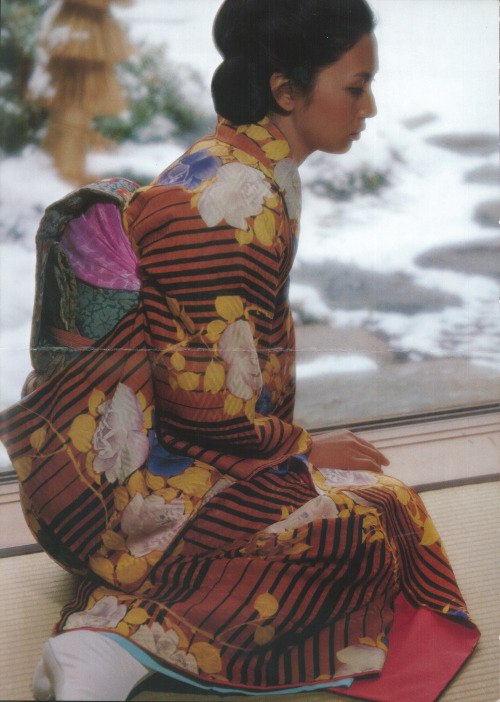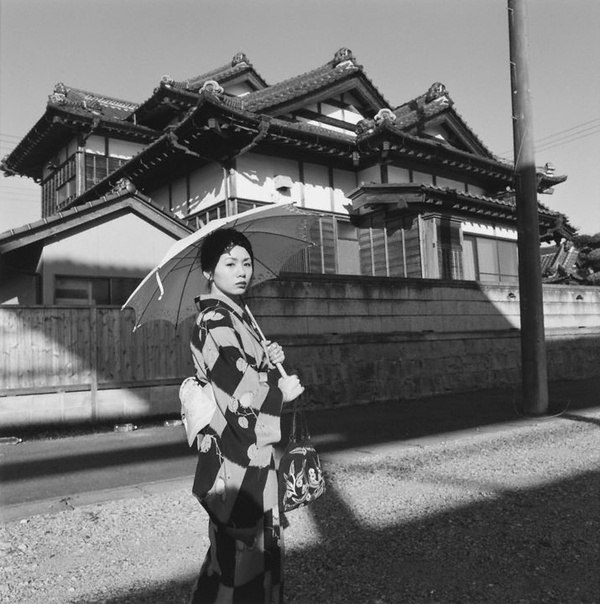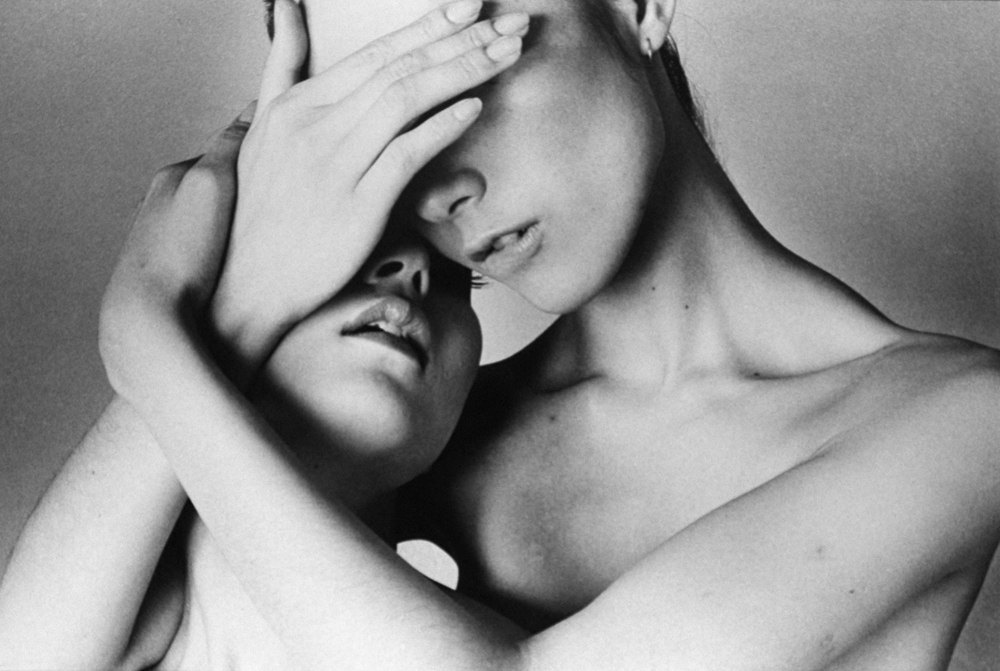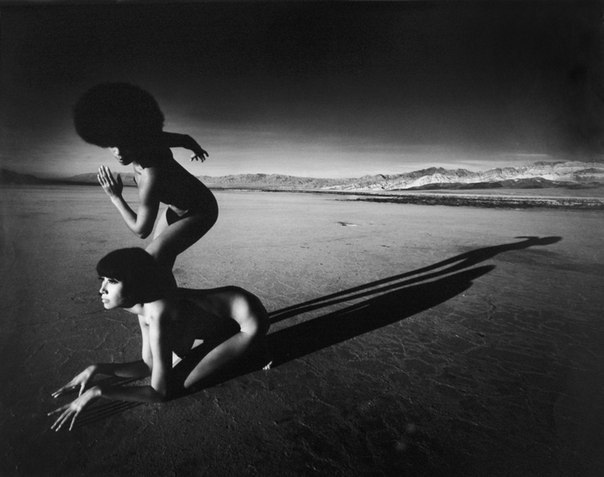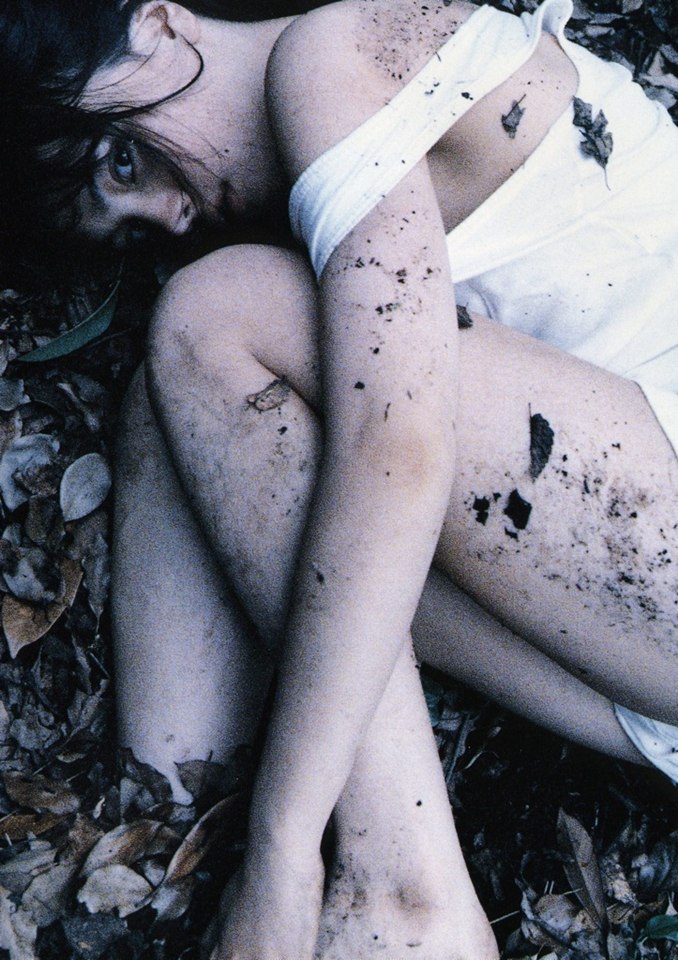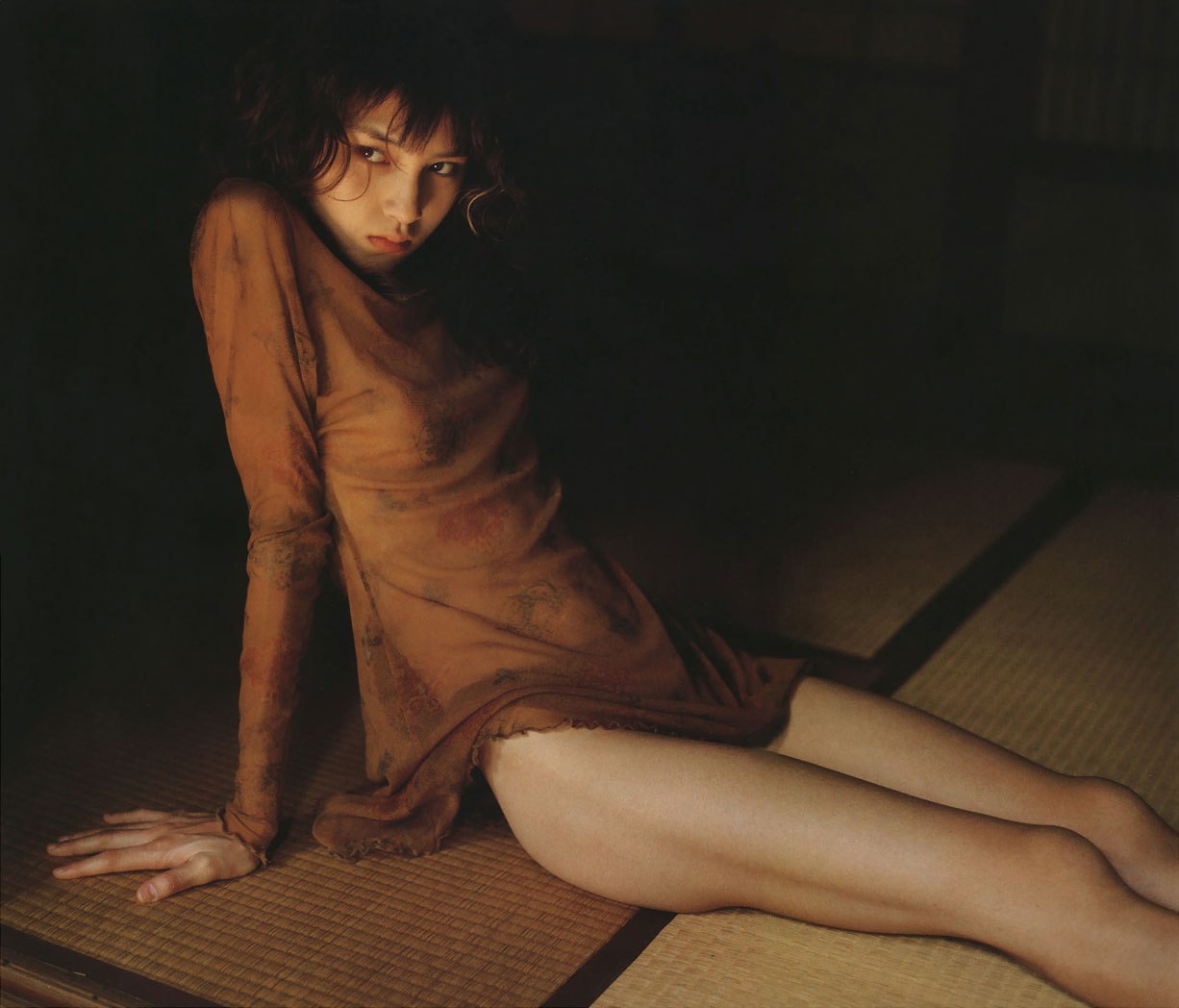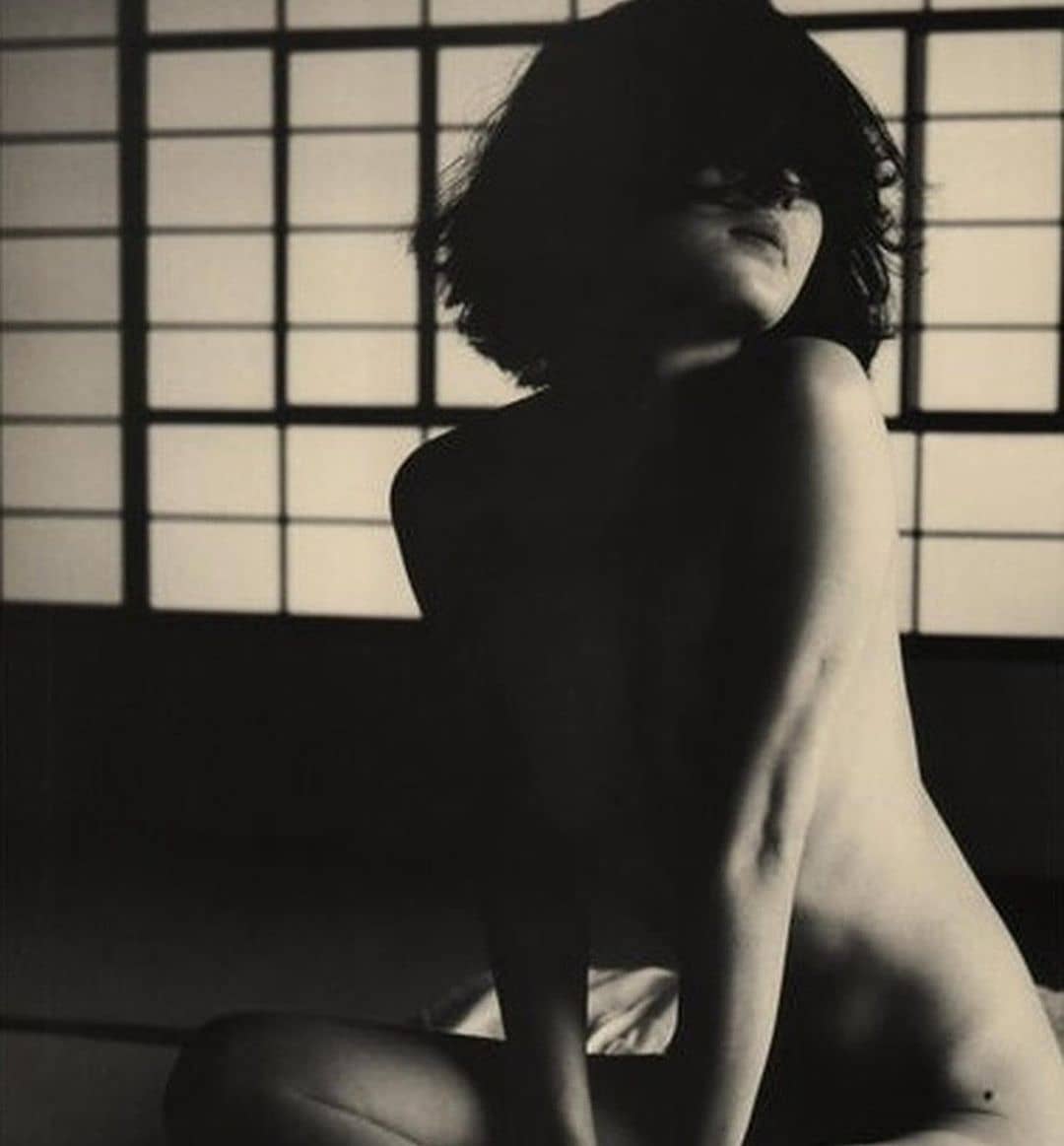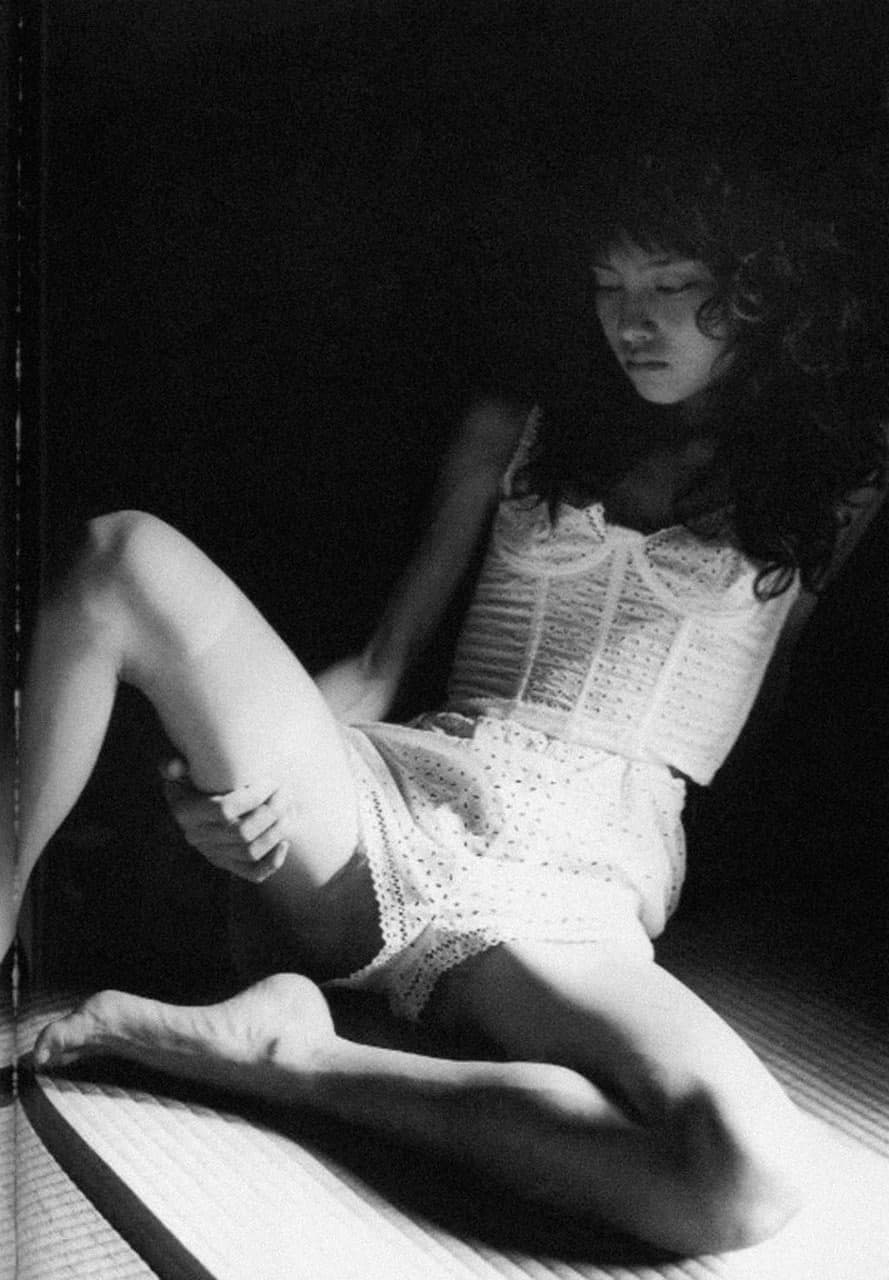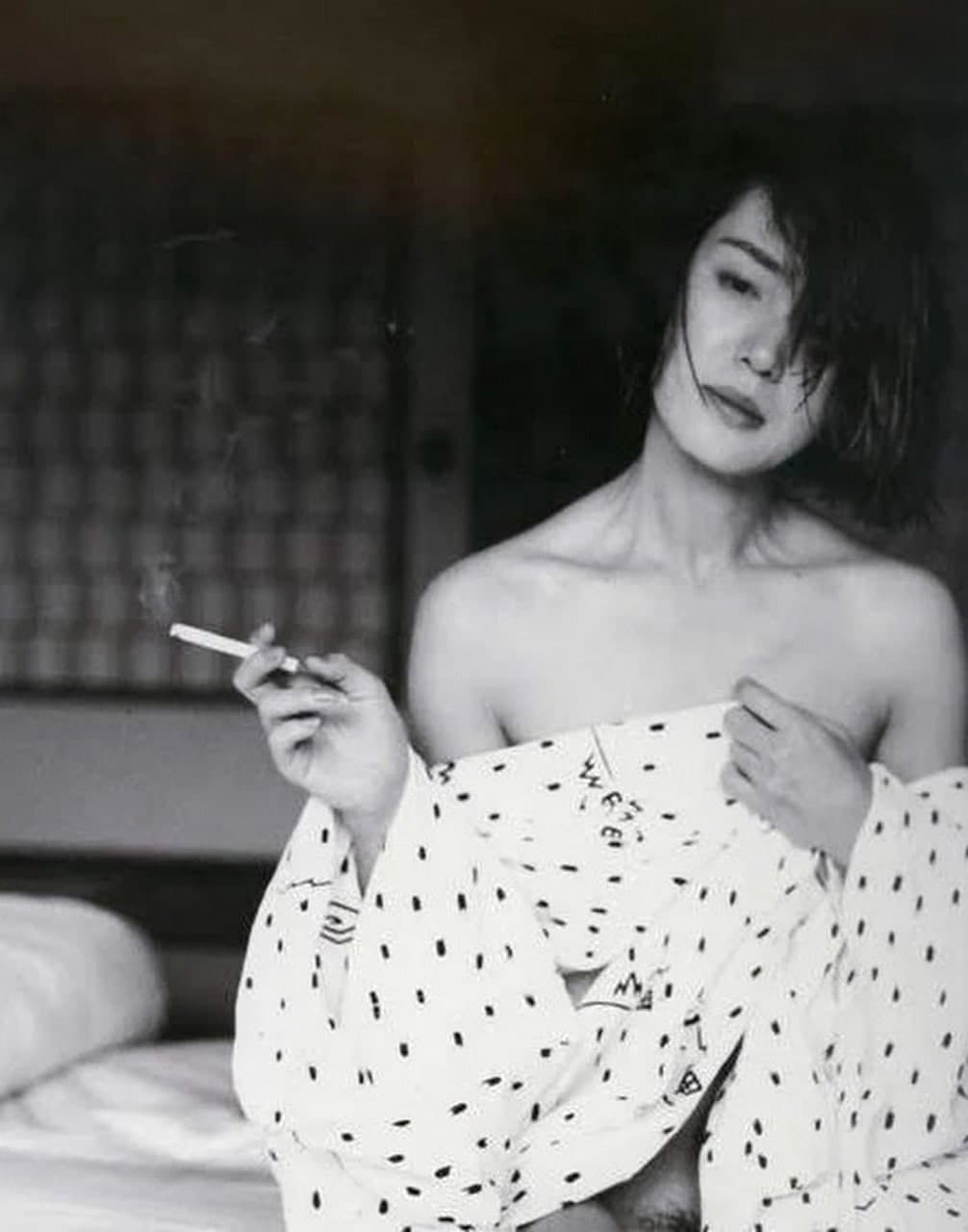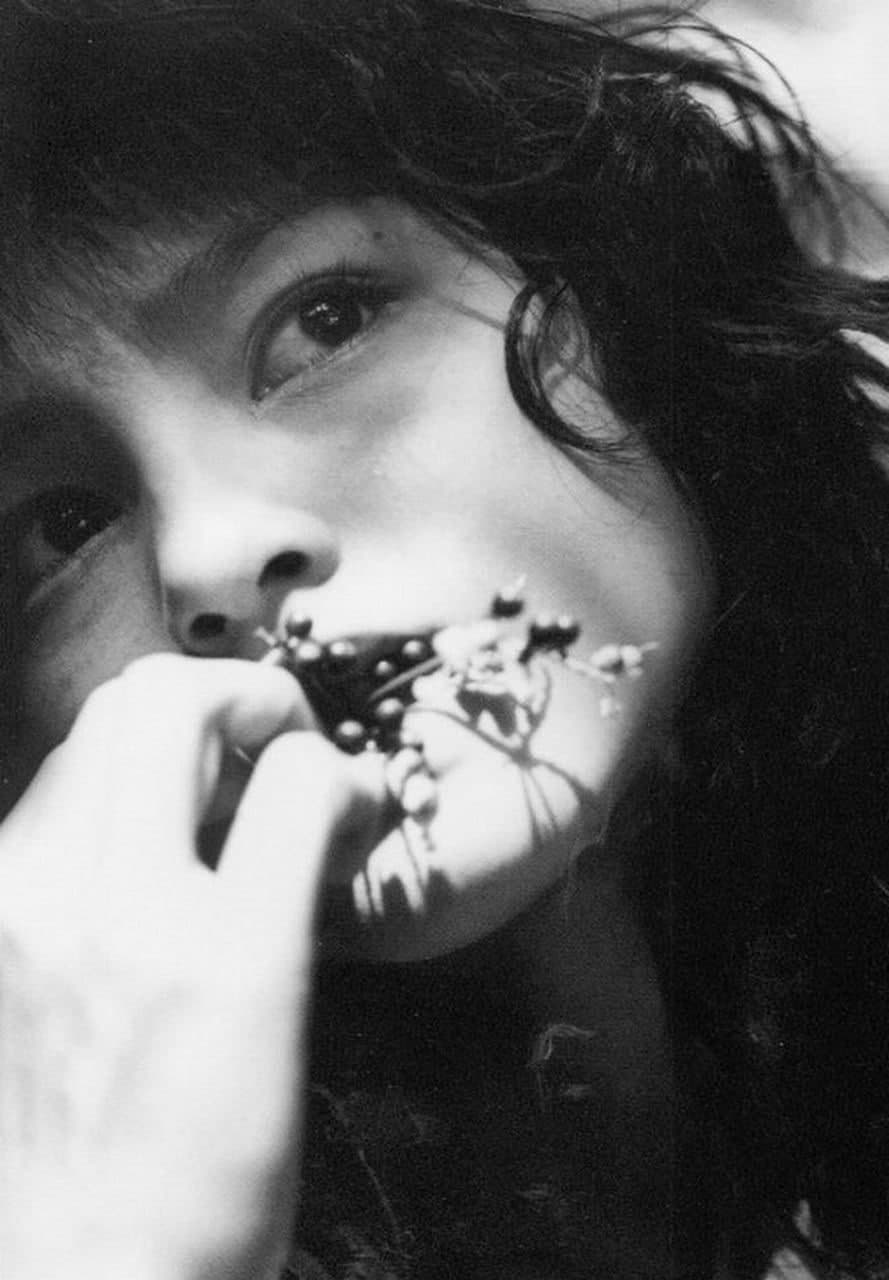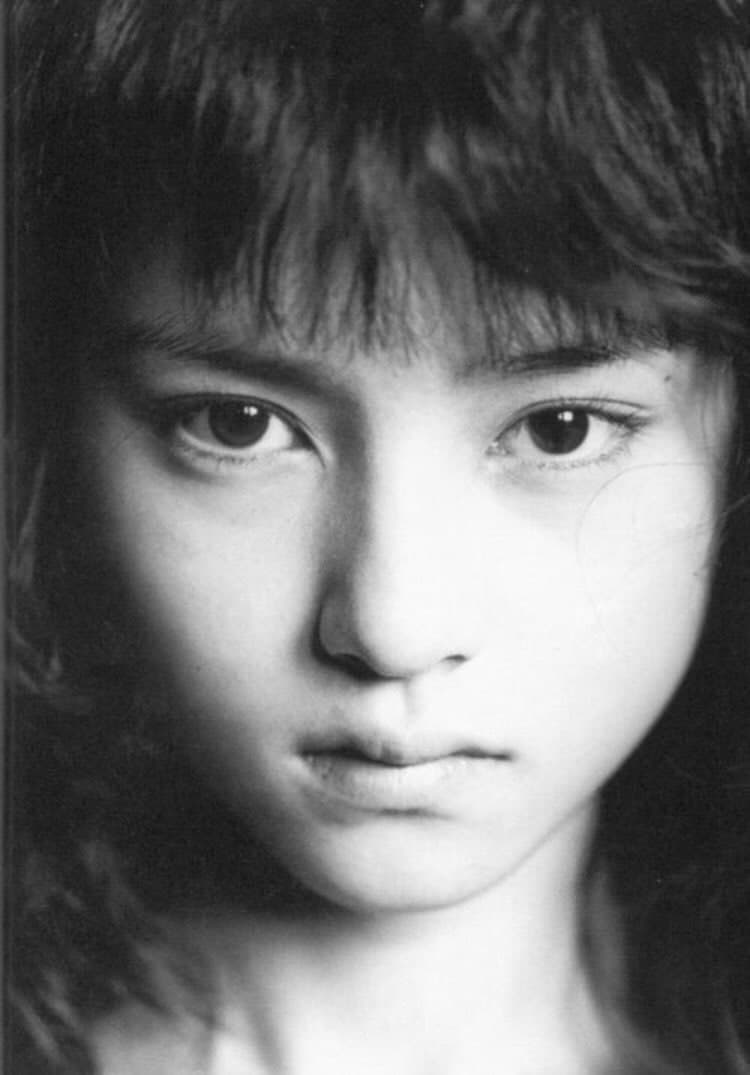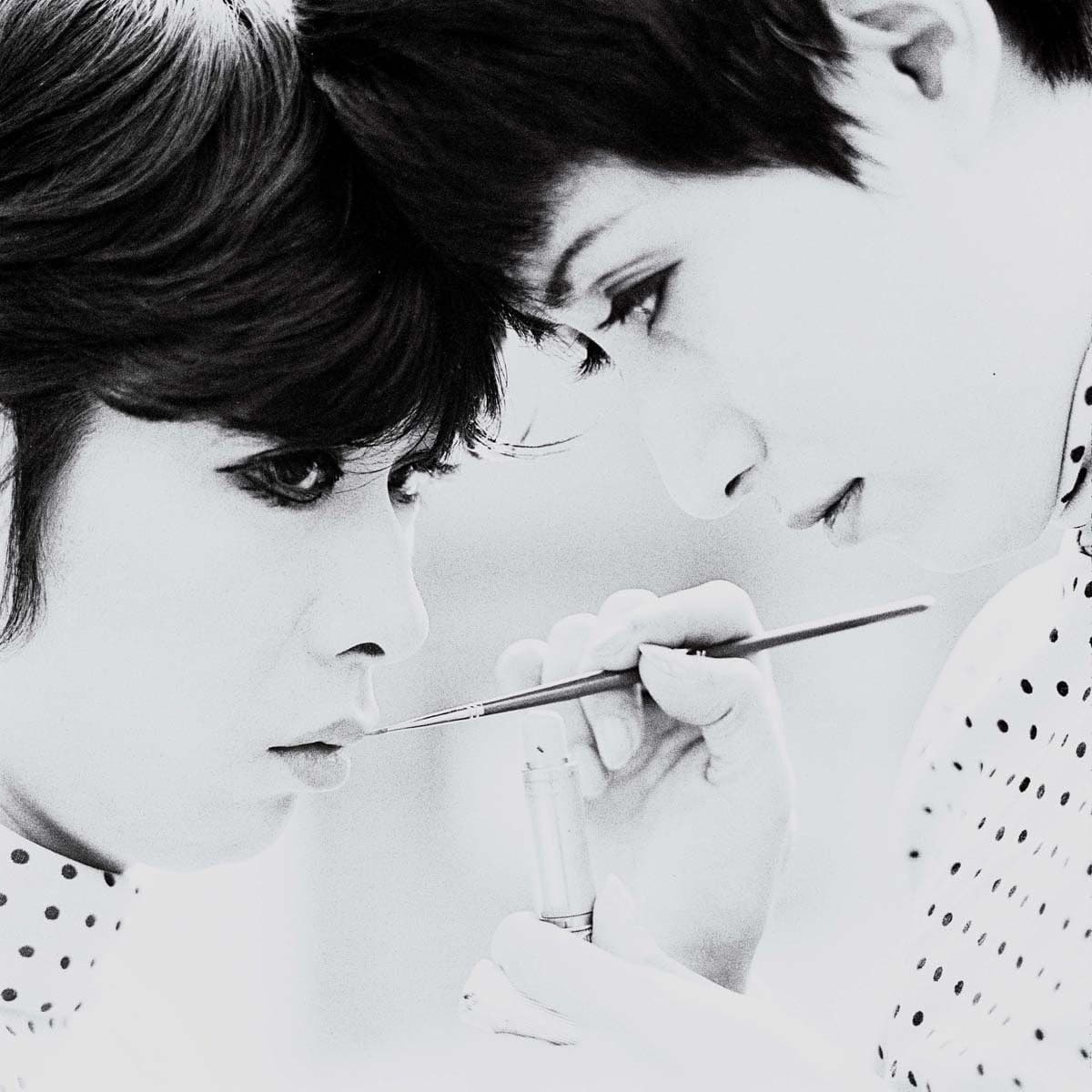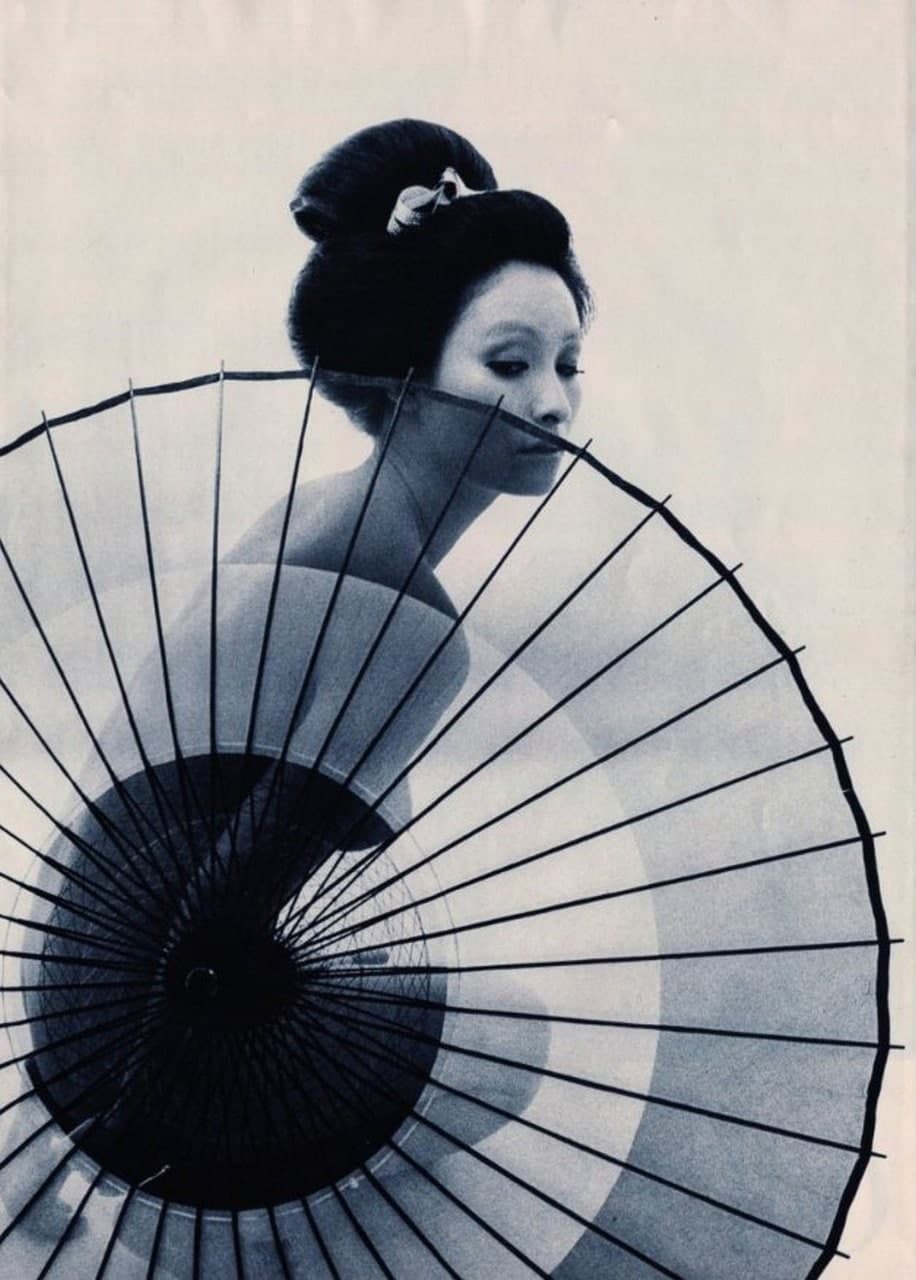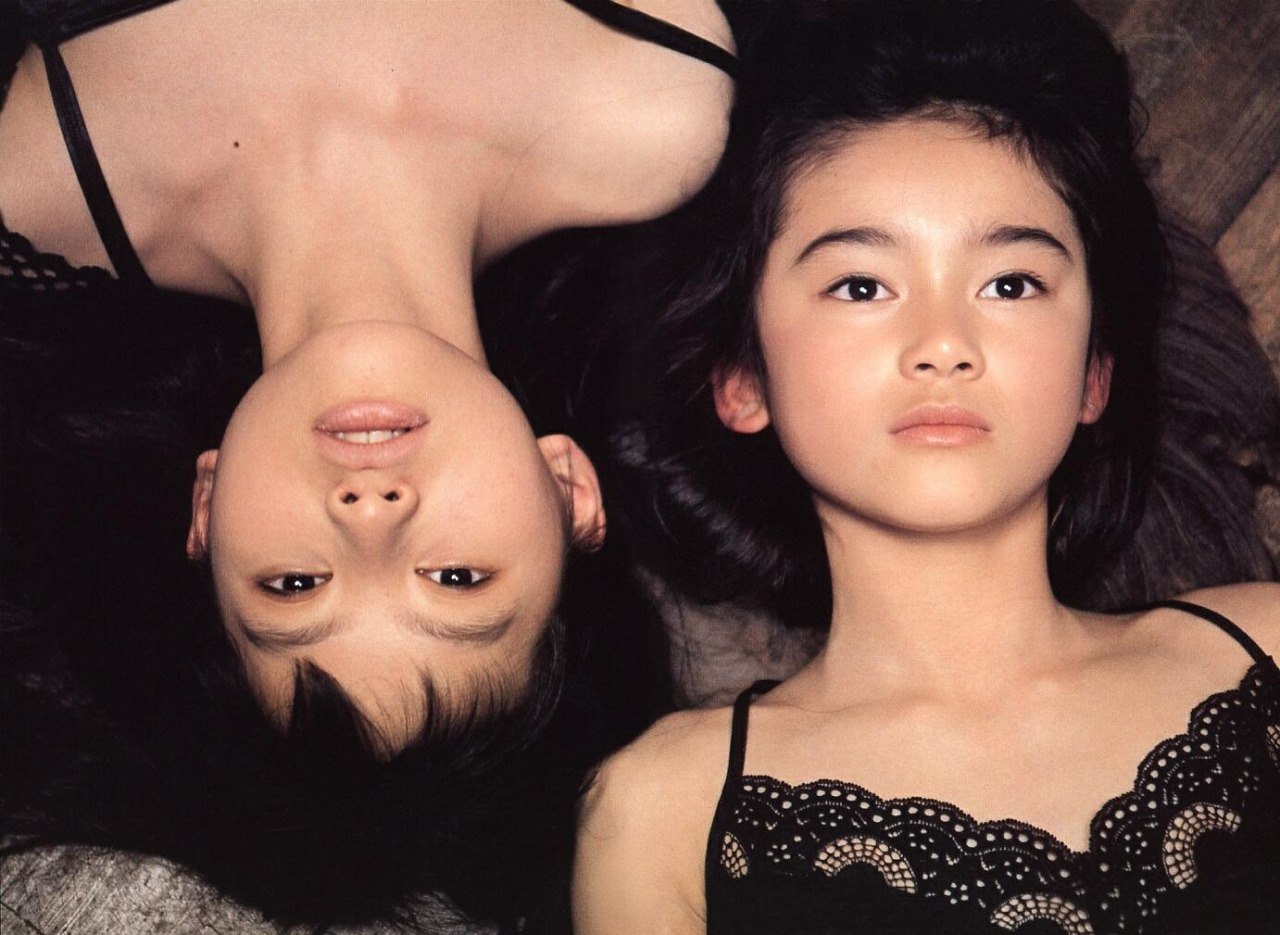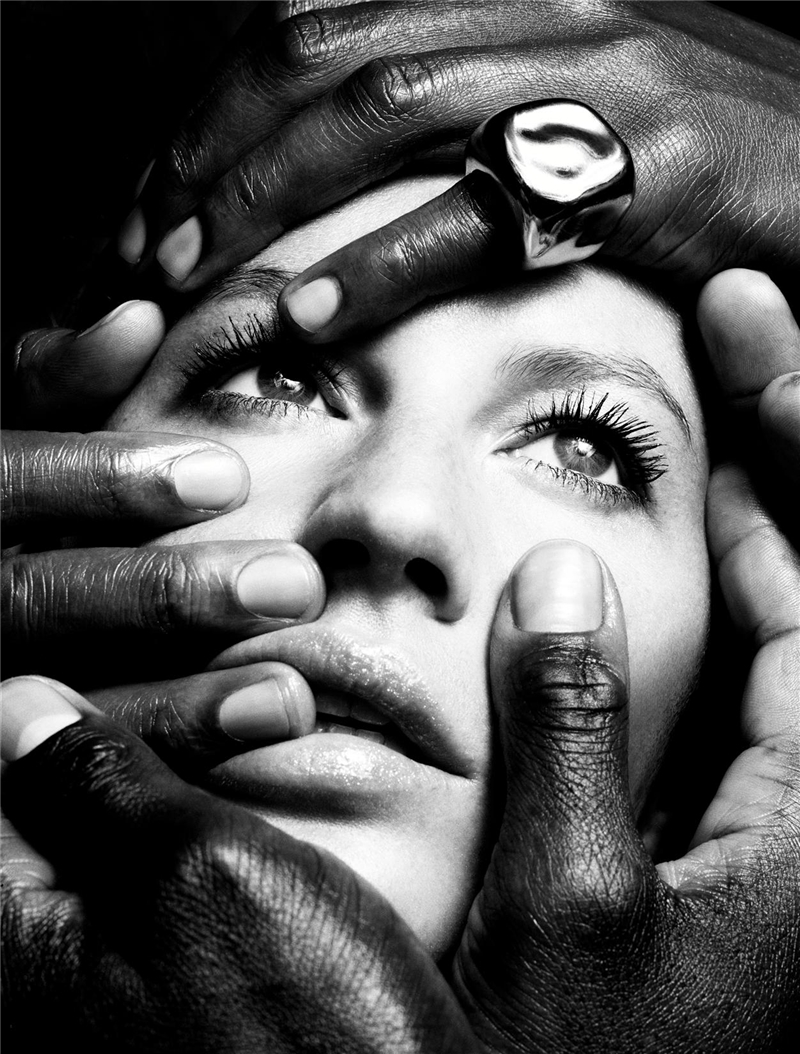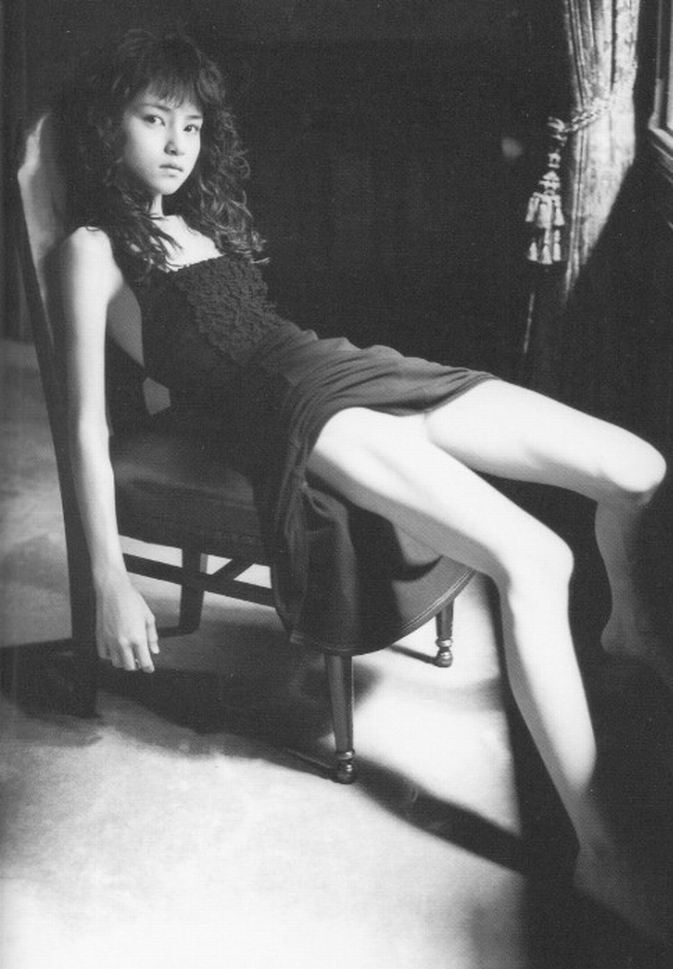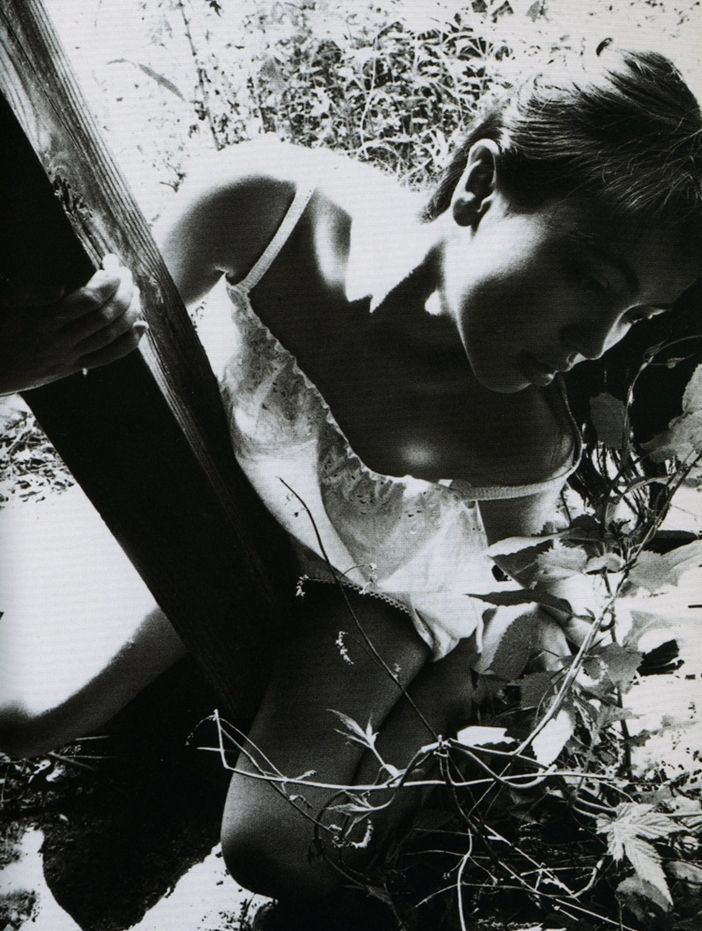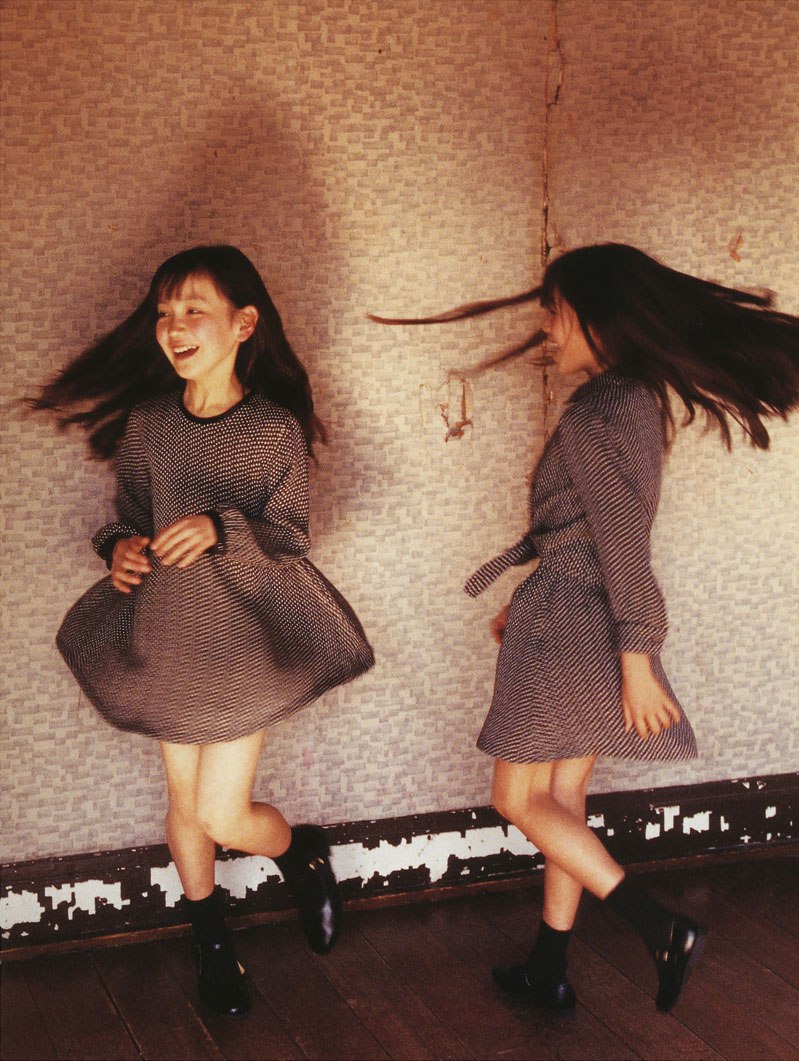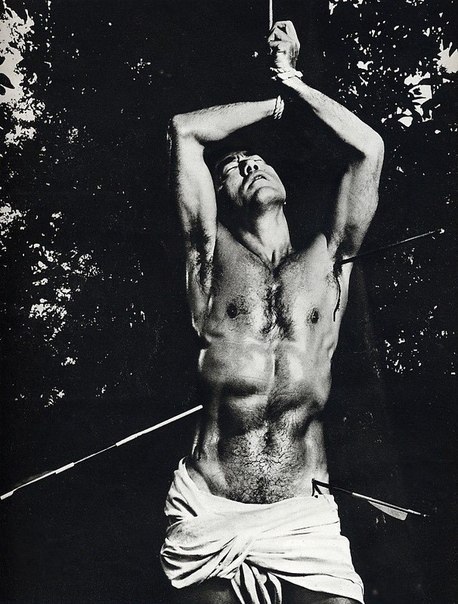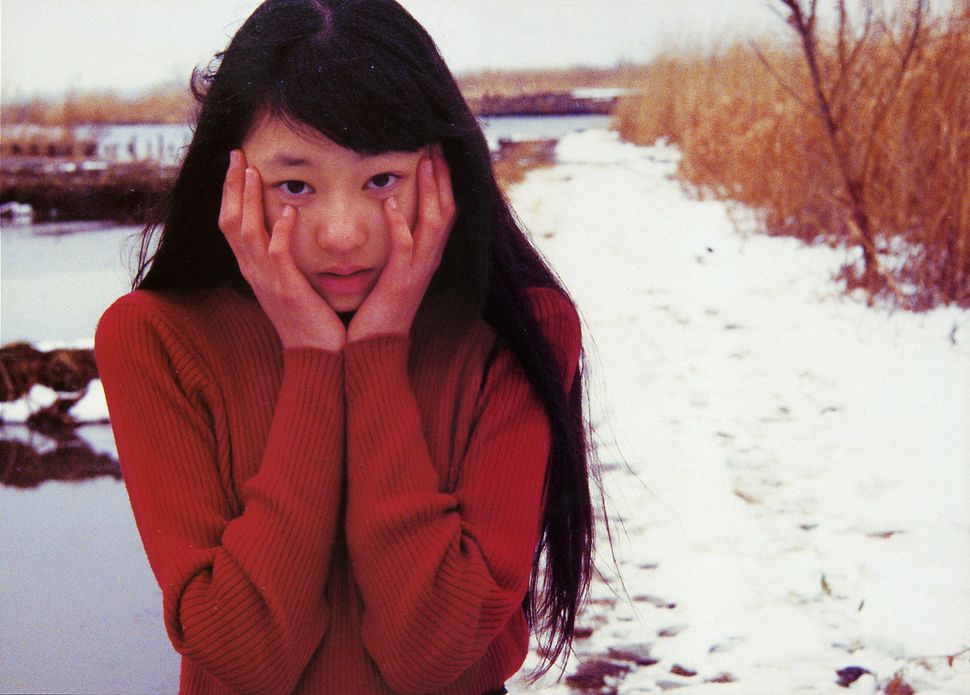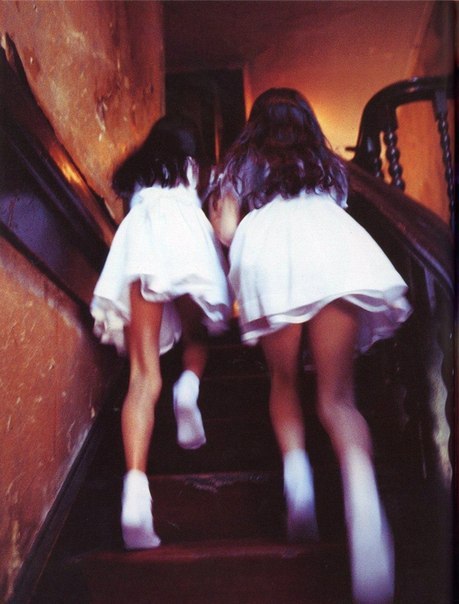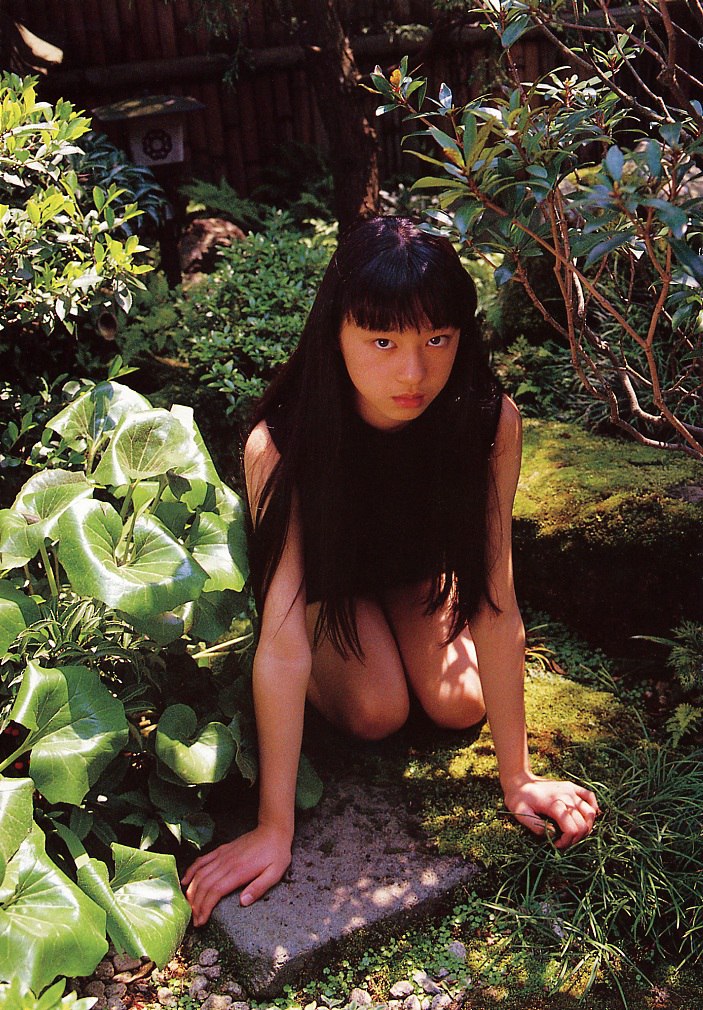The Art of Japanese Portrait Photography by Kishin Shinoyama

Japanese photographer Kishin Shinoyama has dedicated his practice to exploring intimacy and the human body, as well as documenting his home place of Tokyo. His sensual photographs often depict the body within the architecture of the city or conversely, the inherent sculptural qualities of the naked human form. Shinoyama was born in 1940, in Tokyo, Japan. He studied in the Department of Photography at Nippon University and was awarded the Advertising Photographer’s Association prize. After being employed at the Light Publicity advertising company, he started to work as an independent photographer in 1968.

Kishin Shinoyama’s work has long captured the changing urban landscape of Tokyo; its politics, culture, and society. His ‘shino-rama’ images of the 1980s capture the extensive commercial developments and excessive consumer lifestyles of the era by utilizing multiple cameras to produce vast panoramas.
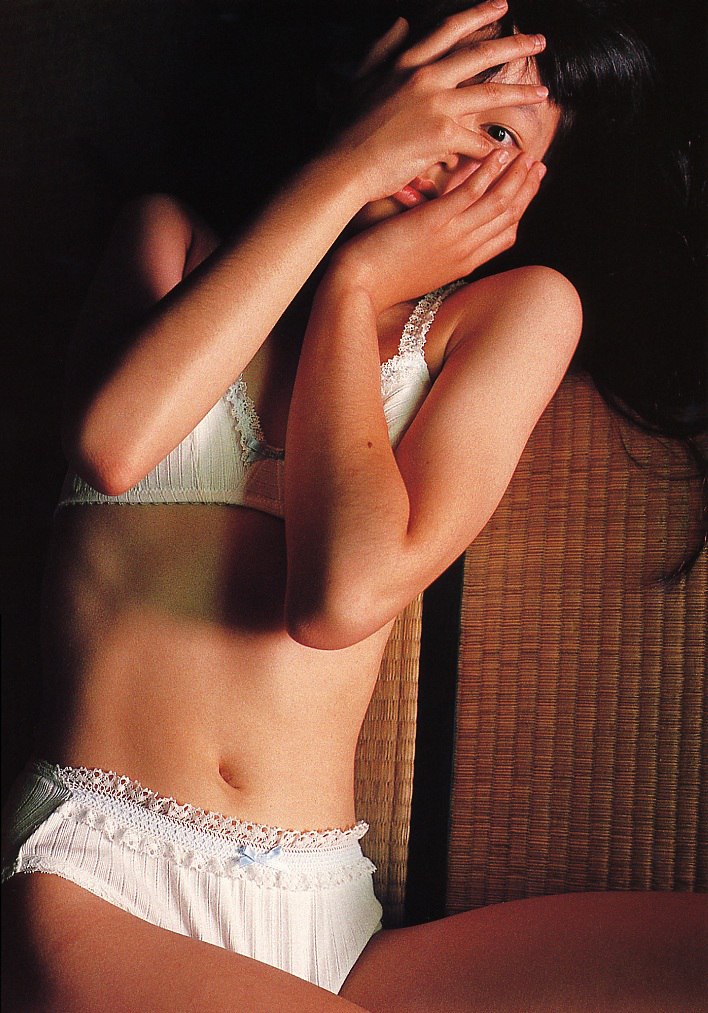
Shinoyama’s early nudes from the sixties and seventies, often shot in black and white, framed bodies as expressive objects in the natural environment; living sculptures of flesh and bone. More recently, the pictures he terms ‘Gekisha’ stage young and amateur female models, usually naked, amongst the neon lights and concrete structures of the city. A recent nude photo shoot in a cemetery sparked controversy which the artist has not shied away from. Shinoyama documented the aftermath of the earthquake and tsunami that struck the east coast of Japan in March, 2011, adding another layer of texture to his vision of Japan.
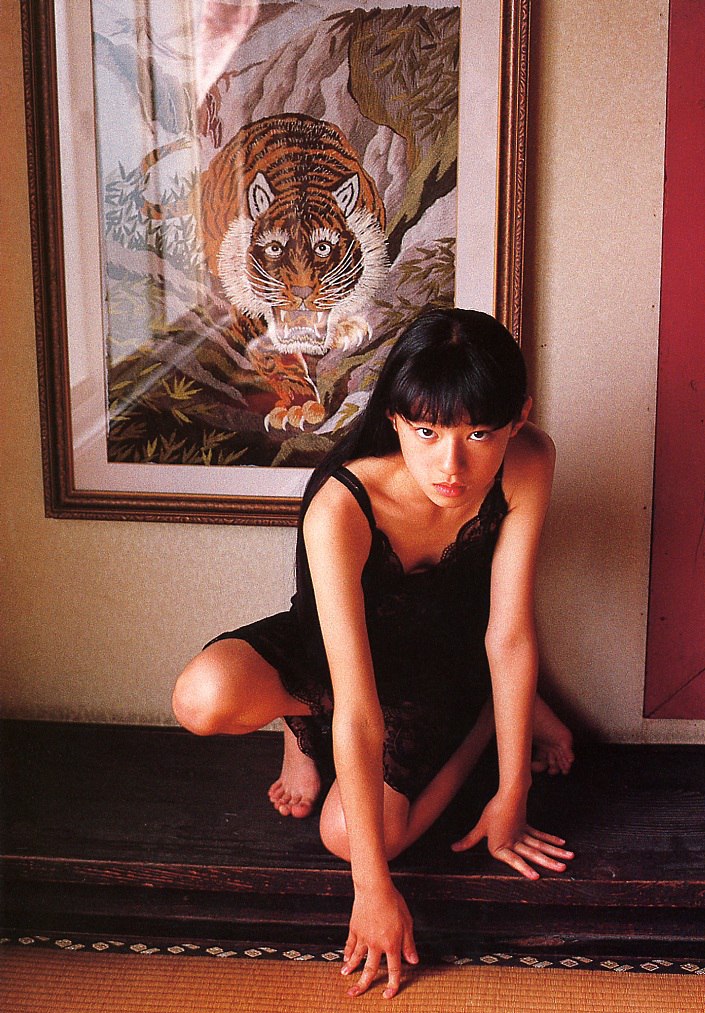
In addition to the diverse landscapes of his country, Shinoyama is also acclaimed for his portraits of celebrities such as John Lennon and Yoko Ono, Rie Miyazawa, and other famous personalities. In 1980 Yoko Ono asked Shinoyama to shoot the artwork for her and John Lennon’s collaborative album Double Fantasy.
